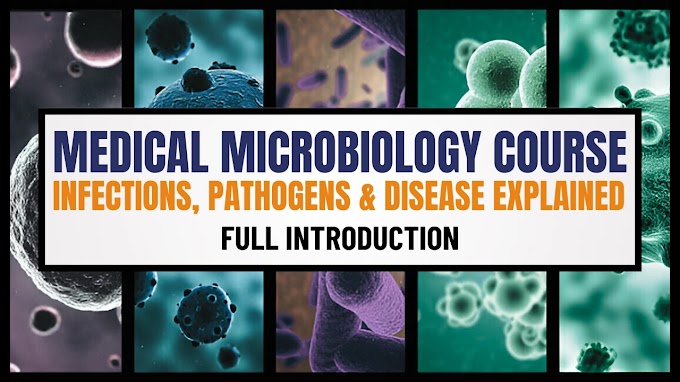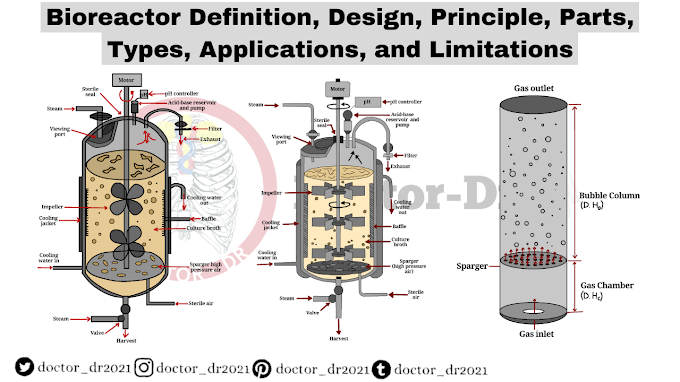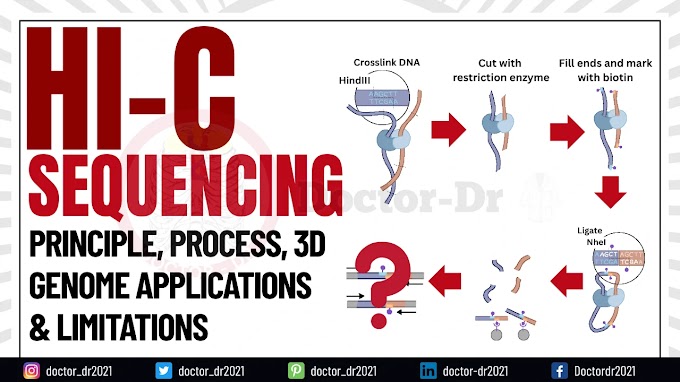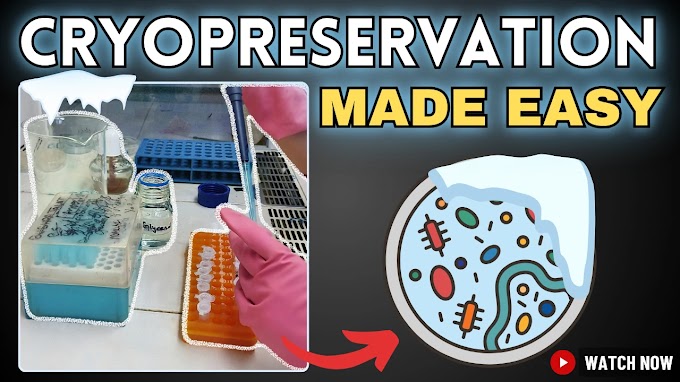Table of Contents
- Test Principle
- Clinical Significance
- Pre-Analysis Guidelines
- Steps of Analysis
- Post-Analysis Recommendations
- Laboratory Report Template
- Additional Notes
Test Principle
Routine stool analysis is an essential diagnostic procedure that involves:
- Naked Eye Examination: Visual inspection of the stool sample to assess its physical characteristics.
- Microscopic Examination: Detailed analysis under a microscope to detect cellular and parasitic components.
Clinical Significance
Stool analysis is crucial for the detection of various gastrointestinal conditions, including:
Parasitic infections (e.g., Giardia lamblia and Entamoeba histolytica).
Malabsorption syndromes.
Inflammatory or infectious bowel diseases.
Blood or mucus in stool indicating underlying conditions.
Pre-Analysis Guidelines
To ensure accurate results, follow these guidelines:
Sample Collection: It is recommended to provide the stool sample at the laboratory to maintain integrity.
Examination Timeframe: Analyze the sample within one hour to preserve fragile parasites such as trophozoites of Giardia lamblia or Entamoeba histolytica.
Sample Contamination: Reject samples contaminated with urine or other substances.
Steps of Analysis
1. Macroscopic (Physical) Examination
Color:
Brown: Normal (due to stercobilin).
Light brown: Presence of undigested fats.
Greenish: High intake of green vegetables.
Reddish: Bleeding (lower gastrointestinal tract) or due to medications.
Black: Presence of occult blood (upper gastrointestinal bleeding) or drugs like iron supplements.
Consistency:
Formed: Normal stool.
Semi-formed: Mild diarrhea or dietary changes.
Loose with mucus: Possible infection or irritation.
Watery: Diarrhea due to infection or malabsorption.
Other Observations:
Presence of mucus (especially if blood-tinged).
Undigested food particles.
Worms: Enterobius vermicularis, Ascaris lumbricoides, or Taenia segments.
2. Microscopic Examination
Preparation Materials:
Coverslips.
0.85% Sodium chloride solution (NaCl).
Lugol’s iodine solution.
Wooden applicators.
Fresh stool sample.
Gloves for safety.
Wet Preparation Procedure:
Collect a fresh stool sample.
Mix a small amount with normal saline or iodine solution.
Place a drop of the mixture on a glass slide, cover with a coverslip, and examine under a microscope.
Identify parasite eggs (ova), larvae, cysts, or full-sized parasites.
Detailed Microscopic Analysis
1. Vegetable Cells:
Appearance: Irregular margins.
Seen in excess vegetable intake or poor digestion.
2. Muscle Fibers:
Excess may indicate improper protein digestion.
3. Starch:
Unprocessed starch granules suggest malabsorption.
4. Fat Droplets:
Indicative of steatorrhea or fat malabsorption.
5. Epithelial Cells:
High numbers suggest inflammation in the colon or rectum.
6. Pus Cells:
Normally absent or present in small numbers.
Increased numbers (>10/high power field) indicate bacterial infections like bacillary dysentery or inflammatory bowel conditions.
7. RBCs:
Presence suggests intestinal bleeding.
8. Yeast Cells:
Seen in fungal infections or altered gut flora.
Identification of Parasites:
1. Helminths (Eggs, Larvae):
Large eggs: Schistosoma mansoni, Fasciola.
Medium eggs: Ascaris lumbricoides, Ancylostoma, Hymenolepis nana.
Small eggs: Taenia, Trichuris, Enterobius.
2. Protozoa (Trophozoites, Cysts):
Entamoeba histolytica (pathogenic).
Giardia lamblia.
Entamoeba coli (non-pathogenic).
3. Worm Identification:
Enterobius vermicularis: Cylindrical, ~10 mm.
Ascaris lumbricoides: Cylindrical, ~20 cm.
Taenia: Ribbon-like, several meters long.
Post-Analysis Recommendations
If pus cells (>10/high power field) or clumps are observed without parasites:
Stool culture is recommended to identify bacterial pathogens.
If parasite eggs or cysts are identified:
Appropriate antiparasitic treatment is advised based on species.
Laboratory Report Template
Additional Notes
Accurate diagnosis relies on timely examination of the stool sample.
Stool examination plays a vital role in diagnosing gastrointestinal disorders and parasitic infections effectively.
Proper training in differentiating parasite structures from artifacts (e.g., vegetable cells) is crucial for laboratory technicians.
By following these guidelines, healthcare professionals can accurately diagnose and manage conditions affecting the gastrointestinal system.









